In the rapidly evolving landscape of technology, the shift towards cloud-based solutions is undeniable. As technology company leaders navigate the dynamic realm of Cloud Operations, it becomes increasingly crucial for QA/SDET (Quality Assurance/Software Development Engineer in Test) professionals to adapt their testing strategies. In this blog post, we will delve into the nuances of testing serverless architectures, unveiling practical tips and strategies that empower QA/SDET professionals to ensure the robustness, scalability, performance, data integrity, and security of cloud-based applications.
The Cloud Advantage: A Paradigm Shift
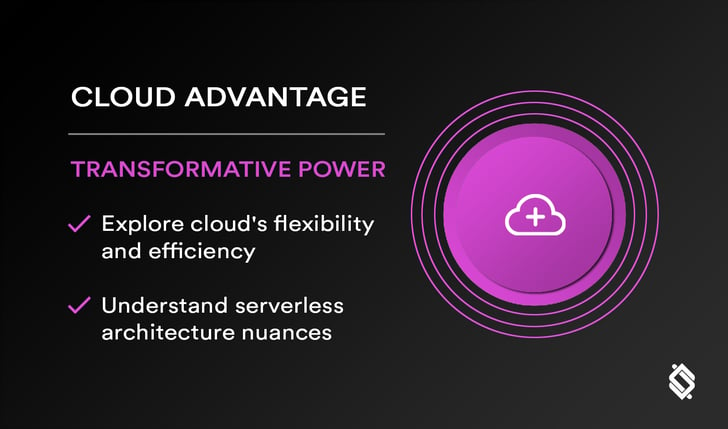
The advent of serverless architectures has revolutionized the way applications are developed, deployed, and scaled. Cloud computing, specifically, offers unparalleled flexibility and efficiency. However, as technology leaders embrace these advancements, QA/SDET professionals must align their testing methodologies with the intricacies of cloud-based environments.
Testing Scalability: A Balancing Act
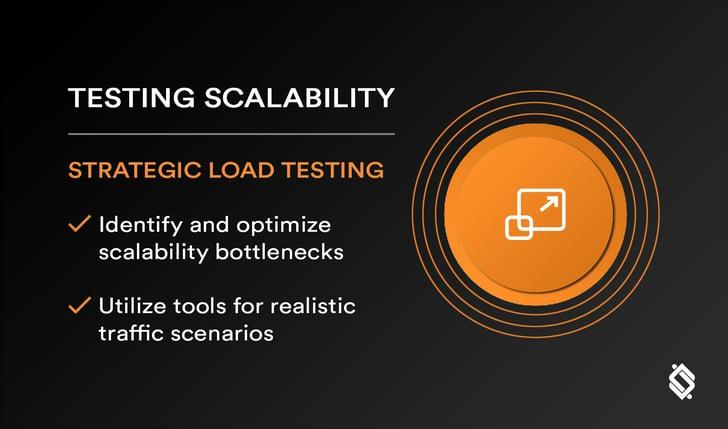
One of the hallmark features of serverless architectures is scalability. Applications can seamlessly scale up or down based on demand. For QA/SDET professionals, this poses both opportunities and challenges. Ensuring that the application scales efficiently under varying loads requires a strategic testing approach. Implementing realistic load testing scenarios and leveraging tools that simulate traffic spikes can unveil potential bottlenecks and optimize scalability.
Locust - An Open Source Load Testing Tool
Performance Testing in the Cloud: Meeting User Expectations
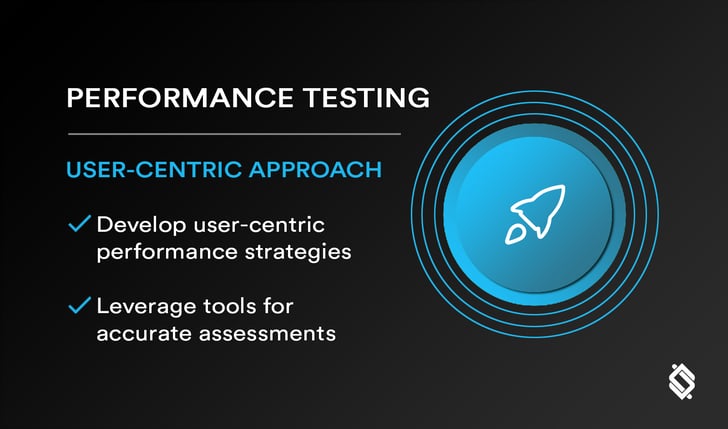
User experience hinges on the performance of cloud-based applications. QA/SDET professionals need to craft meticulous performance testing strategies that mimic real-world scenarios. Emphasizing realistic user behavior, network conditions, and geographic diversity in testing scenarios will uncover performance issues early in the development cycle. Utilizing performance testing tools designed for cloud environments will further enhance the accuracy and effectiveness of these assessments.
Apache JMeter - A Powerful Performance Testing Tool
Safeguarding Data Integrity: A Paramount Concern
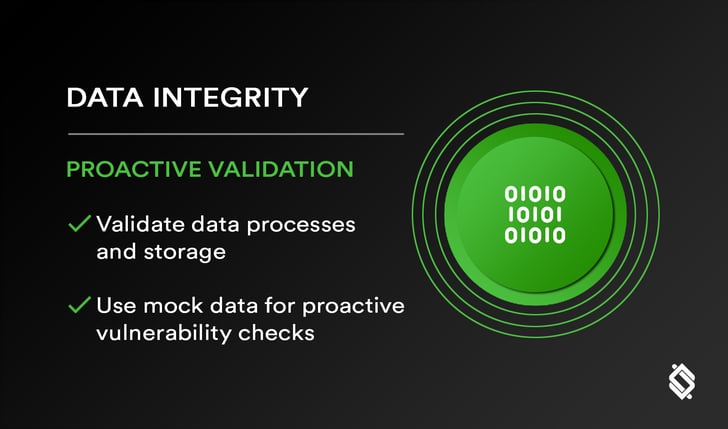
In the cloud, data is omnipresent and distributed across various services. QA/SDET professionals must focus on validating data integrity as it traverses through the serverless architecture. Rigorous testing of data handling, storage, and retrieval processes is essential. Leveraging mock data and designing comprehensive data validation tests can preemptively identify vulnerabilities, ensuring the integrity of data in a cloud environment.
How Data Validation Can Be Used To Improve Data Quality
Security in the Cloud: A Non-Negotiable Imperative
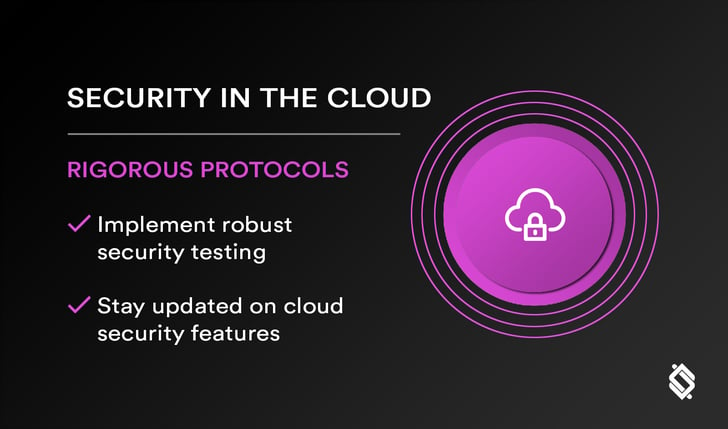
Security remains a paramount concern in cloud-based applications. QA/SDET professionals must fortify their testing strategies to address the unique challenges posed by the cloud. Implementing stringent security testing protocols, including penetration testing and vulnerability assessments, is imperative. Additionally, staying abreast of the latest security features provided by cloud service providers and incorporating them into testing frameworks is essential for fortifying the overall security posture.
Azure Security Technical Capabilities
Challenges Unique to Cloud Testing: Navigating the Complexity
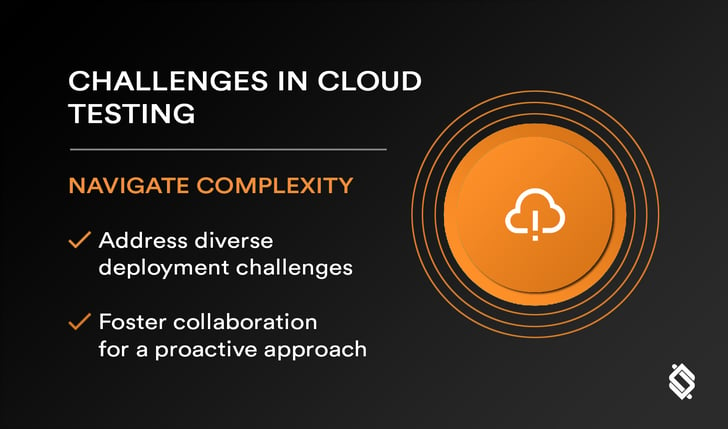
While the benefits of cloud-based testing are vast, unique challenges abound. QA/SDET professionals must grapple with issues such as diverse deployment models, complex integrations, and the dynamic nature of cloud environments. Implementing continuous testing practices, automated deployment pipelines, and adopting a shift-left approach can mitigate these challenges. Collaboration with DevOps teams becomes pivotal, fostering a culture of continuous improvement and rapid feedback loops.
Continuous Testing - A Complete Guide
Optimizing Testing Processes for Cloud-Based Applications
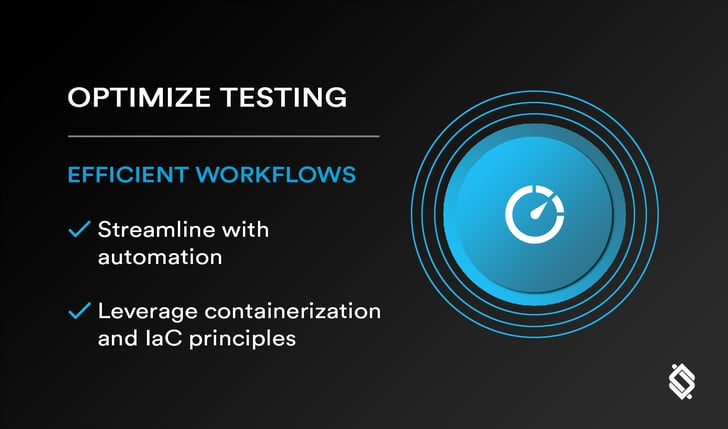
Efficiency in testing is paramount for meeting the accelerated development timelines that cloud environments demand. QA/SDET professionals can optimize testing processes by embracing automation, leveraging containerization for consistent testing environments, and incorporating Infrastructure as Code (IaC) principles. Implementing these practices streamlines testing workflows, accelerates feedback cycles, and enhances the overall quality of cloud-based applications.
Introduction to Infrastructure as Code (IaC)
Conclusion: Empowering QA/SDET Professionals in the Cloud Era
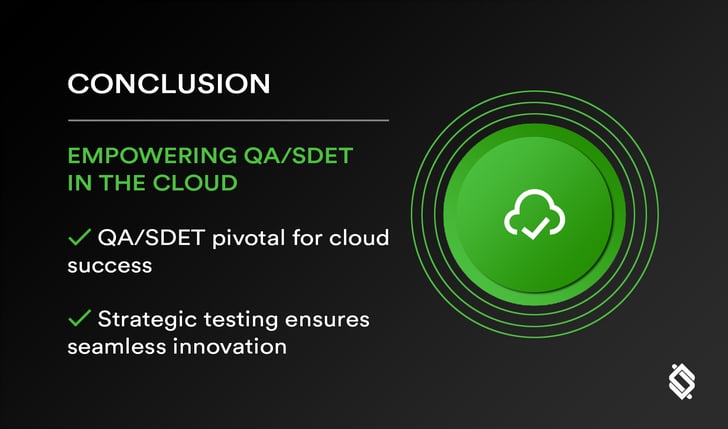
As technology company leaders propel their organizations into the cloud era, QA/SDET professionals stand at the forefront of ensuring the reliability and success of cloud-based applications. Testing serverless architectures demands a nuanced understanding of scalability, performance, data integrity, and security in the cloud. By adopting strategic testing approaches, leveraging specialized tools, and optimizing testing processes, QA/SDET professionals can navigate the intricacies of cloud testing, contributing significantly to the seamless deployment and operation of robust cloud-based applications.
In embracing the power of Cloud Operations, QA/SDET professionals not only safeguard the quality of applications but also play a pivotal role in shaping a future where innovation and reliability coexist harmoniously in the cloud.



